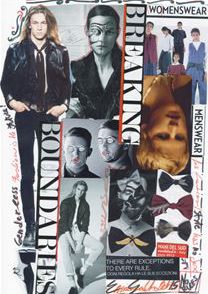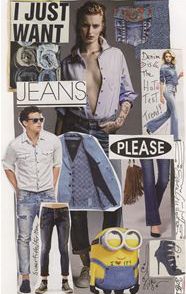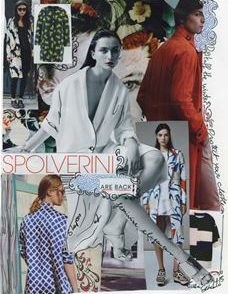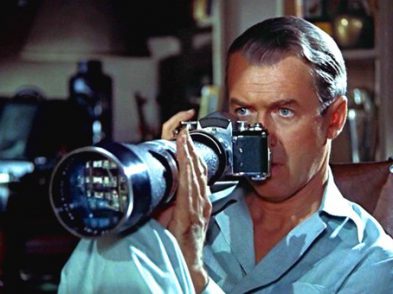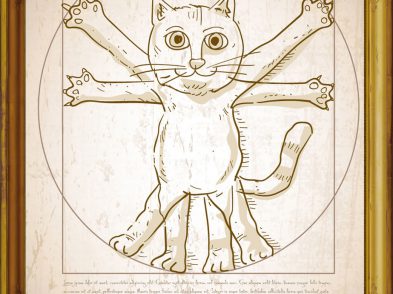Is ‘Italian style’ a ready-to-wear affair or high fashion? Can Rome reclaim its status as a fashion city? Does money or style rule in Milan? Does the Florentine tradition of excellence of accessories and artisanship represent not only the past but also the future of the Made in Italy label? TF’s fashion columnist, Enrica Giudato, contemplates these questions and more.
When I recently went to Milan for fashion week, what really attracted my attention were the presentations in showrooms, art galleries and other magical places where fashion, art, design, tradition and innovation overlapped to create new and exciting styles.
At the beating heart of the city is Corso Como 10 (www.10corsocomo.com/milano), which celebrates its 20th anniversary this year. This store has high cultural content, has always been a pioneer, showing the edgiest and most interesting fashion and design products.
Across the street, an art gallery, which hosts a special night with DJ, art installation of bondage-dress forms, an exquisite collection of De Chirico drawings and an unusual variety of independent brands making anything from accessories, clothes and jewelry-heaven for a ‘fashion addict’ like me.
Interestingly, what caught my eye at the gallery was the display of the Florence-based brand Soffio di Sofia (www.soffiodisofia.com), which makes handmade bags. I particularly love the brand’s ‘origata’ bag, which is inspired by Japanese origami: it mixes Italian excellence in artisanship, Asia’s delicate beauty and a unique drive for design.
On my way back to Florence, I kept thinking about the Made in Italy label. It occurred to me that while Paris was and still is the fashion capital of France, in Italy the issue has become much more complex and involves three cities: Rome, Florence and Milan.
Since the 1940s, Rome has been Italy’s Hollywood on the Tiber, inspiring top designers like the Fontana sisters, Valentino and many others.
The great Federico Fellini celebrated the glamour of Rome and the brand-new Italian Style in the world famous 1960 movie La Dolce Vita. In this masterpiece, Fellini was able to express the strong contrasts inherent in Italian society after World War II, a torn country bound to its religious beliefs yet embracing a new joy for the good life, full of decadence and glamour.
In Rome, Hollywood actress Linda Christian had her wedding dress designed by the Fontana Sisters’ label for her marriage with Tyrone Power. A young Valentino, after learning tailoring technique secrets in Paris, chose via Condotti in Rome as the site of his new and fabulous fashion house, becoming the stylish neighbor to the Fontana sisters’ atelier on the same street.
Another top name of the Italian high fashion, Roberto Capucci, was born in Rome in 1930. Florence’s magnificent Villa Bardini houses the Capucci Foundation and museum where the exhibits of Capucci’s remarkable creations reveal and celebrate an artist who made fashion a true art form. These three labels, however, made their debut on catwalks in Florence, during the events organized by businessperson Giovanbattista Giorgini.
Over time, Rome established itself as the place for high fashion in Italy with its fashion week, Alta Roma. However, in decades past, most of the big names, such as Valentino and Armani, preferred to unveil their seasonal creations in the more international Paris, leaving Rome to a few brave historic labels, such as Gattinoni, Curiel and Balestra. Now in the shadow of Milan, Rome is trying extremely hard to reclaim some of its past glamour, betting on new names and expanding the concept of fashion to embrace unique items, contemporary artistic interpretations and innovative materials and shapes.
And while Rome’s star status declined, Milan’s success grew thanks to designers like Versace and Ferré, and, naturally Armani, each brand able to express-and deliver-the ‘real’ pret-a-porter, eventually rivaling the prestigious French one.
And so, for the time being, ‘Italian style’ and ‘Milan’ were synonymous. The dynamic industrial city turned itself into the new fashion hot spot in Europe, thanks to the creativity of designers and the support of the fashion press, also based in Milan.
Indeed, the press was fundamental in the process of promoting Italian style, but at a certain point, when money became too much the focus, something got lost in translation. It’s my impression that today the Italian fashion press is producing beautiful photo shoots but no critical opinion; and when there is no longer a critical voice, it is easy to lose focus and be blinded by our own defects.
Perhaps, then, the true, genuine, Italian style can be found in new, smaller labels and boutique fashion houses, even those run by foreign designers who live and work in Italy. Many of these designers have deep respect for the history of Italian fashion and are producing high-quality products based on the strict rules of Italian artisanship.
To keep ‘Italian style’ fresh and competitive on the international market, Italy’s young and inspirational designers should be supported and encouraged, as those in London and Paris are. And this is where Florence comes back into the picture: Florence, the city where ‘Italian style’ was born, has a key role in this process, for it is the only place, in my opinion, that is capable of producing a new ‘Made in Italy’ renaissance.
I’m not the only one who thinks so, it seems. The Valentino label will show the autumn 2012/winter 2013 menswear collection at the upcoming Pitti Uomo 81 in Florence (see TF 152). More immediately, ModaPrima 71, a trade fair showcasing Made in Italy men’s and women’s ready-to-wear fashions, is moving from Milan to Florence; it will be at the Stazione Leopolda from November 26 to 28 (see www.modaprima.it; see news page 3). Could these be signs that Italy’s fashion renaissance is already well underway?
NEXT in STYLE+THECITY:
Mapping Italian Style #3: Why Italian fashion and style is always about Florence, plus glam looks for the holidays!

